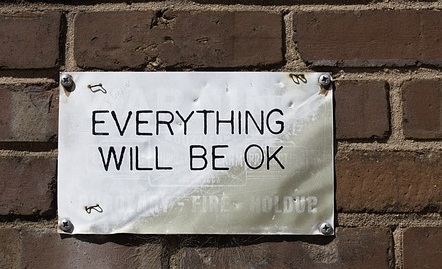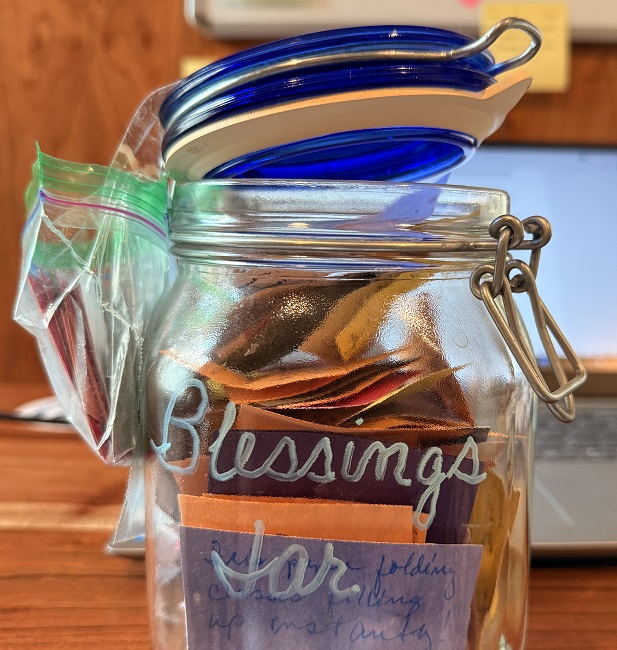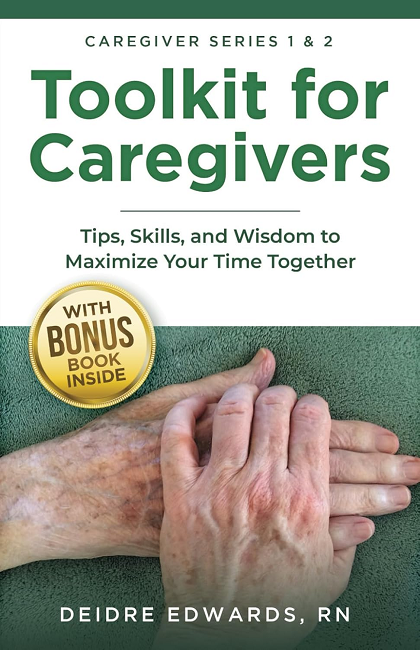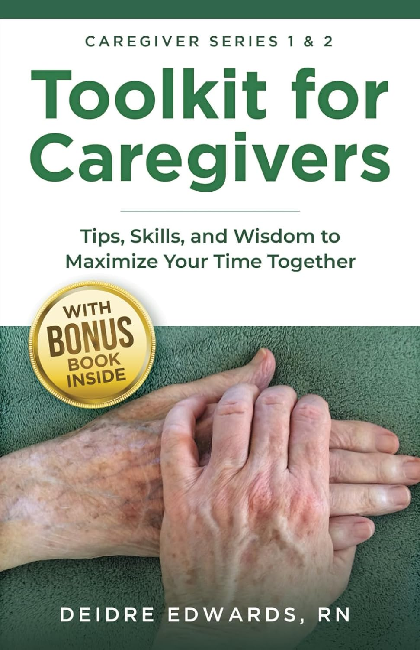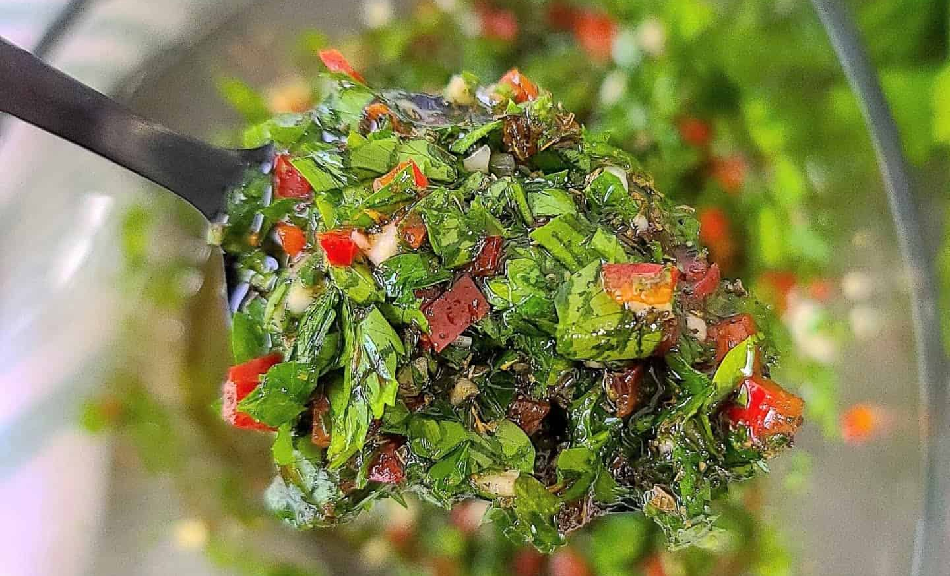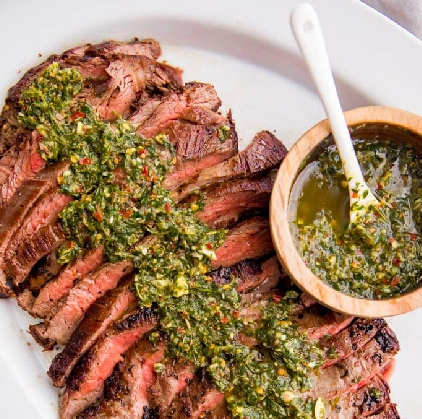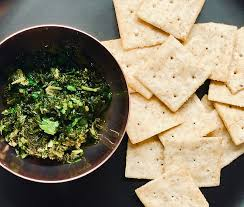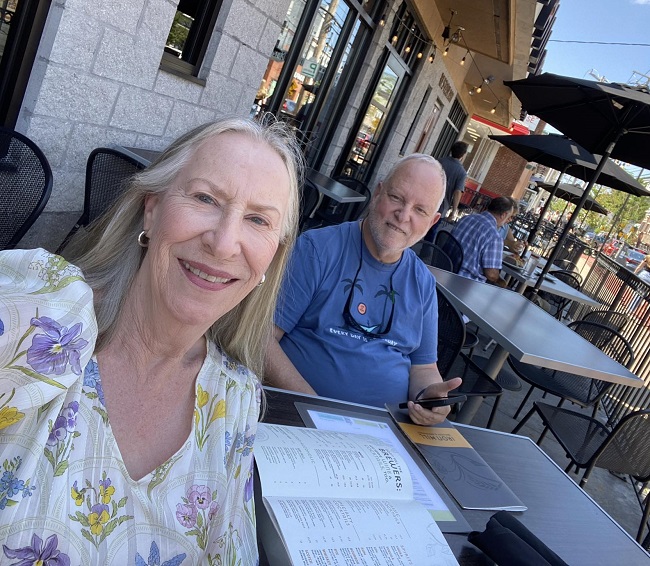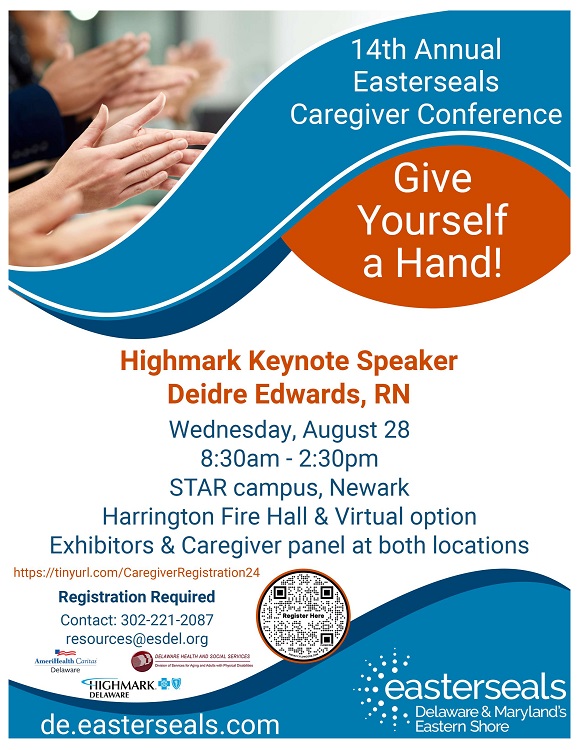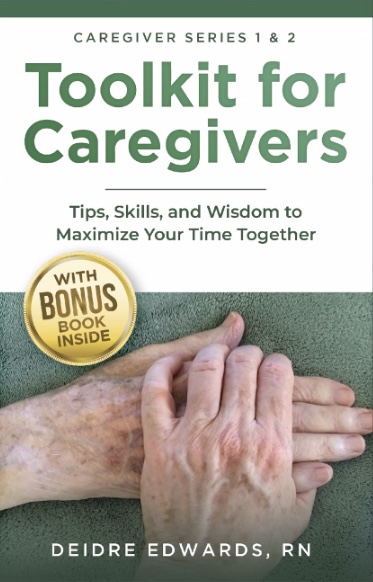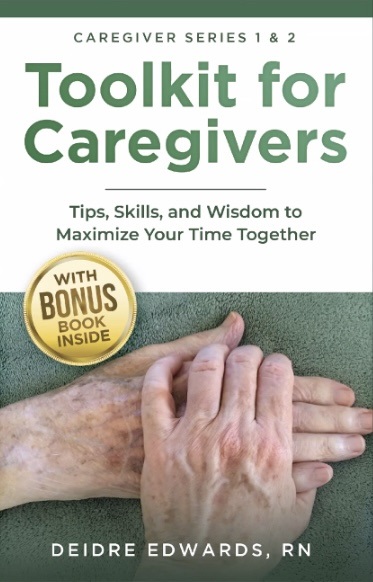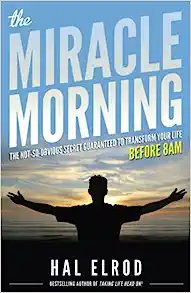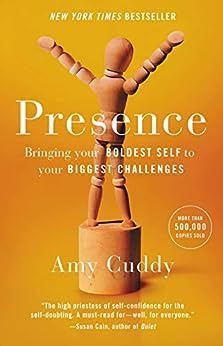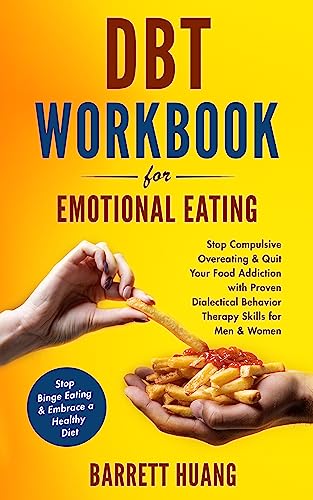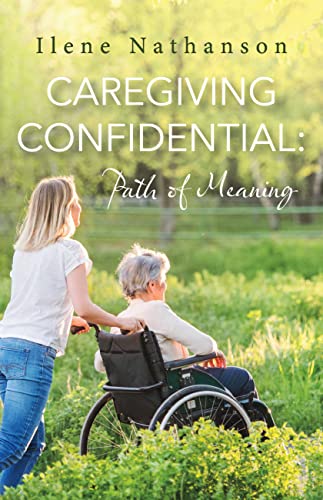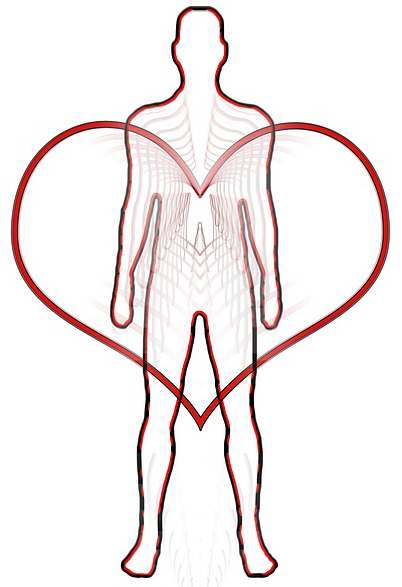Here we are. Decorations are still up, and anticipation is in our hearts for the New Year.
I hope there is a special sparkle in the air for you.
Many of us well-seasoned adults can even grab hold of that pure childlike awe and wonder from time to time throughout the holiday season – that is, if we are not in the throes of grief, strife, or trauma.
Speaking with a friend recently, I was reminded how the second year of grief can be even worse than the first.
The first year after a grief, we find ourselves stumping along, mostly numb, just going through the motions as we mark ‘the firsts’ – first birthday, first anniversary, first Thanksgiving, first holidays – first everything without whomever or whatever we lost.
If that was not hard enough, we sort of wake up in the second year to the new reality of our situation, and the hurt changes to something much more real, painful, and permanent.
We often hear about “getting over” something – which creates an image of sucking up, chest out, marching boldly forth, oblivious to our past pain – but should that be our goal?
Trauma of any kind affects our total mind, body, and spirit long after the event.
What we are discovering is that resilience and personal growth come when we stop fighting to get over something, and start discovering what lessons those experiences are imparting, that will carry us forward into the future.
Which returns us to the concepts from the December 3rd post: Before releasing something, we need to embrace it first.
Embrace to acknowledge, authenticate, and validate what was experienced. Then we release the pain, taking with us the lessons learned, and then filling our spirits with freshness to recharge.
Even missed opportunities can be processed this way – they are not failures and do not need to negatively color our self-esteem. They can show us where our boundaries are and where we need to grow.
When the cloud of trauma lifts, we feel light and liberated. It can feel like magic when that happens, but it is a process and a lifelong journey.
Use New Year’s Eve as a starting point for exploring lessons learned and how those lessons will help you take your next steps into the new year.
Are you filling up your blessings jar? I am, and I am looking forward to the certain magic that comes when I dump my 2024 blessings out on the table to relive each one in the early New Year!
Now, that’s magic!
In health –
Deidre
PS- While printing costs are now higher for the latest full color edition of Toolkit for Caregivers, I have reduced the price to make it easier for family caregivers to buy. Spread the love by sharing this link, or better yet, buy it for someone else who could benefit from the helpful information. Thanks.






